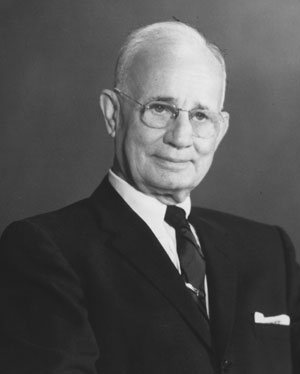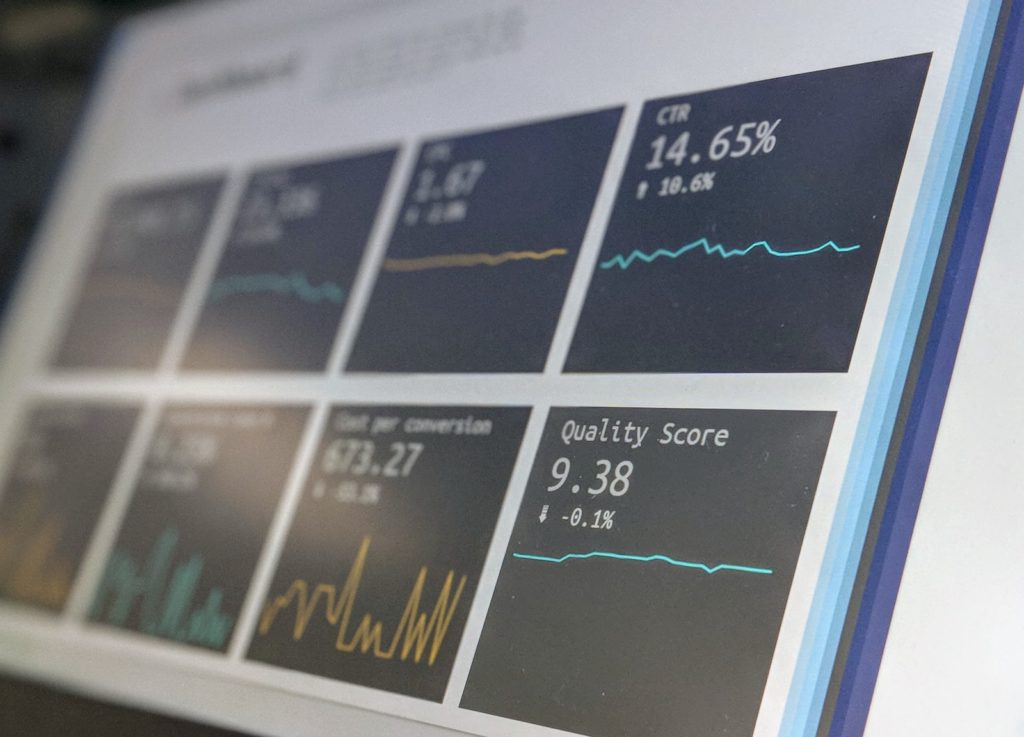Getting ready for your first Mastermind hot seat? Wondering how mastermind groups help attendees gain clarity and find solutions with other members? Wondering how mastermind members dramatically improve their businesses from key advice, ideas, and answers to their specific question?
It all comes down to a good mastermind hot seat!
But… the real value during your Mastermind day is often – and surprisingly – not during your hot seat! More on that later. First, though…

“Welcome to The Hot Seat!”
What is a Mastermind Hot Seat?
A Mastermind Hot Seat is a dedicated portion of a mastermind day focused on one member and their big burning question.
At the Bay Area Mastermind®, each member typically covers 4 majors topics during their dedicated hot seat:
- Who they are and what their business is (for first time test drive attendees) or what’s changed since list time (for existing members)
- What’s working well
- What’s NOT working
- Where you need help
For example, someone might cover topics like:
- A recent marketing campaign that worked really well, the actual numbers, and what went into making it a success
- A failed PR campaign and what went wrong
- An A/B split test experiment that was recently run and the results
- A challenge with onboarding a new hire and where they need help
- A huge win of a big new client or contract and what went into closing the deal
- Recent financials and questions about what’s missing or what something means
- Family and friends not understanding the business life of an entrepreneur
- A new vendor that’s working out really well and providing great service at a fraction of the price paid to a previous provider
- What happened over the past month on the accountability items committed to
Do Mastermind Group Members Need to be in the Hot Seat Every Time?
While there is value to being in the hot seat, I’ve always seen the biggest lightbulb “Aha” moments around the room from members during someone else’s hot seat.
During your hot seat, you’re typically asking about what you know you don’t know.
During the rest of the hot seats, you’re hearing about what you don’t know you don’t know.
Read that again.
The biggest opportunities and growth often come from learning about something you didn’t even know that you didn’t know.
These might be resources shared, results of experiments, marketing campaign insights, landing page optimizations, hiring best practices, legal issues, financial tactics, and more.
So while you do get value out of being in a hot seat at every mastermind group meeting, you by no means have to, and will both get (and give) a ton of value from everyone else’s session, too.
What is a Mastermind Group?

The concept of a “Master Mind” is credited to Napoleon Hill, author of the all time bestselling success book “Think And Grow Rich”.
In Chapter 10 “Power of the Master Mind“, Hill shares:
The “Master Mind” may be defined as: “Coordination of knowledge and effort, in a spirit of harmony, between two or more people, for the attainment of a definite purpose.”
In a modern day form, a Mastermind group is a gathering of like minding individuals supporting each other through a peer advisory board.
Masterminds can meet weekly, monthly, or a few times a year, and can be anything from a casual weekly accountability group all the way up to a luxury destination getaway a few times a year with fellow business owners.

How Do I Prepare for my Mastermind Hot Seat?
How Do I Prepare for my Mastermind Hot Seat?
So now that you know what a hot seat is, and what’s typically covered, how do you best prepare for your upcoming hot seat?
Our Mastermind group members have done everything from simply talking out loud, to using a whiteboard, to handing out printed material, to screen sharing, all the way up to presenting a well organized slide deck. Choose a format that works for you and will help keep you – and the group – on track.
Personally, I’m a fan of a Google Slides slide deck to keep my hot seat presentation organized. But you can also use Keynote, Powerpoint, or whatever you like.
A slide deck helps the group know what topics I’m going to cover, see my resources and visuals, and know what my big questions are.
If I’m sharing what I’ve been reading (one of my favorite slides), it’s nice to see the book covers of the books I’m referring to and my 3-5 big takeaways from each book.
If I’m sharing a marketing funnel, visually seeing the numbers for each step of the funnel as well as the pages or pieces is much better than talking about numbers out loud.
We’ll get more specifically into how to frame your questions, questions to ask yourself, and some pro-tips in just a moment.
How to Run a “Hot Seat” for a Mastermind Group
If you’re facilitating a Mastermind group – and maybe it’s your first meeting where you’re going discuss having a hot seat member present – there are a few best practices you’ll want to keep in mind.
As the facilitator of Mastermind groups, I’ve been doing this for well over a decade, and as a participant in other Mastermind groups for even longer, I’ve seen things go sideways too often.
Here’s what you want to do – and what you want to avoid.

Hot Seat Timer
DO use a timer to keep track of time. I like to use the Blue Sky Zoom Timer as everyone both in the room and remotely can see the visual countdown, it changes colors (green, yellow, red) and can even play a sound at your warning and wrap up time. It’s a very toastmaster style timer, and I love it.
DON’T let the challenge of one member take over the entire day and have people go home without having had a chance to get their time in the spotlight.
I’ll never forget one meeting I was facilitating in my early days and the time was getting away from us as a group. We ended the day and one of our attendees didn’t get a chance to present. I was heartbroken and embarrassed and felt awful having to say “We’ll start with you next time.” It was totally my fault for not keeping the group on track.
Facilitate The Hot Seat
DO facilitate the conversation and help get the group back on track if either the person in the hot seat or the other people in the room offering support go off the rails or way too deep into a non-issue.
DON’T let the group waste the member’s time.
All too often I’ll see a group suddenly pounce on an issue and spend the whole session answering a question the member didn’t have and solving an issue that didn’t need solving. Part of your job is acknowledging the contributions and support, and then gently moving the conversation back on track.
DO make sure the other members get a chance to ask their questions and share their thoughts. This means seeing the person who’s trying to get a word in but can’t. It also means drawing the member into the conversation who you know would have good perspective but hasn’t raised their hand.
DON’T just let the most vocal person in the room command the entire hot seat.
Confidentiality
DO make sure group members and guests are aware of the importance of confidentiality. When what’s said in the room stays in the room, it allows people to open up to the real challenges, the real numbers, and the real wins in their business.
As an entrepreneur, it’s lonely at the top. Who do you get to share your wins and successes and challenges and frustrations with?
A Mastermind is a safe place to share all of these ups and downs and be celebrated and supported by your peers who “get it” and have “been there, done that.”
Mastermind Hotseat Tips
Now you know how to both prepare for and facilitate a hot seat for your mastermind groups’ members.
Some additional tips to make the most of your time:
Be prepared for your hot seat. You don’t want to “wing it” as that’s a waste of your time and disrespectful to everyone else there. You’ve paid to be in the room and invested your day to be there. So has everyone else. Be ready.
Prepare during the month. As soon as one meeting wraps, I create a blank slide deck for my next month and add notes in during the month of topics, resources, and ideas to share, as well as what questions I might have.
Make sure your group knows what you’re asking. If the group is answering a question you don’t have, or isn’t getting what you’re asking, reframe your question, and make sure it’s clear.
Listen with an open mind. Good feedback may be hard to hear. You might be stuck and struggling and the wisdom you need most is right there in the room with you. You might get uncomfortable. You may be challenged. What you hold most holy and dear might come up for debate. Listen, take notes, and give yourself space to process.
Be vulnerable and share a real challenge in your life or your business. This isn’t a platform to gloat. It’s a place to share, celebrate, and get support.
Be accountable. You’ll take notes on all of your ideas and things you want to get done. Figure out what your Big Three are and commit to being held accountable to getting them done.
Keep an eye on the time. Nobody like to hear they only have 3 minutes and 17 slides left. Don’t be that person. Know where you are in your presentation and when to thank the group and move on to your next topic or question.
How to Frame a Hot Seat Topic
Once you’ve figured out the topic(s) you plan to present on, you’ll want to make sure you properly frame your questions so the group can focus and best help you.
Visually Setup Your Question
Provide the group a brief background to the challenge you’re facing and provide any visuals to help illustrate.
For example, if you’re not seeing the conversions you’re expecting on your landing page, a slide showing the ads driving traffic, the actual landing page, and the stats for impressions, clicks, and opt-ins, would be great. Even better, if you have the heat map of where visitors go on your landing page, show that, too.
As another example, let’s say you’re having an issue with one of your employees that you recently started to onboard. Having the job posting, your interview process, and your stats from other hires handy will set the right background for your question.
Step Back to Focus
Take a step back and see how you can make your question more broad to help your specific need.
For example, think about the difference between “How can I get Alice to show up on time to work?” and “How do we foster a commitment to punctuality in our team?”.
Or consider the difference between how you’d answer “Why did this client cancel?” and “What strategies do you use to improve retention and reduce churn in your business?”
How to Prepare for Your Mastermind Group Hot Seat: 10 Questions to Ask Yourself
If you find yourself staring at a blank sheet of paper or an empty slide deck, here are some questions to ask yourself.
- What have I accomplished this past month?
- What is something I wanted to get done, but couldn’t get done? Why?
- Where do I feel blocked?
- What’s frustrating to me in my business right now and what have I been doing about it so far?
- What have I been reading and what have I learned?
- What BHAG (Big Hairy Audacious Goal) have I been working on and what’s in my way?
- Who (specifically) do I dream of meeting and why?
- What events have I recently attended or am I going to and what have I learned (or do I hope to learn)?
- What big idea do you want feedback and input on from the group?
- What resources do I need in this moment right now to advance my business?
Closing Thoughts
Now you know what a Mastermind Hot Seat is and how to best prepare for your time either in the seat or as a facilitator.
Prepare your presentation. Frame your questions well. Keep an eye on the time. Be open minded. And IMPLEMENT what you commit to get done.